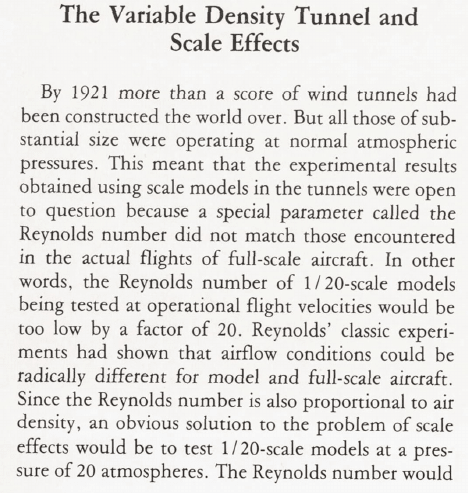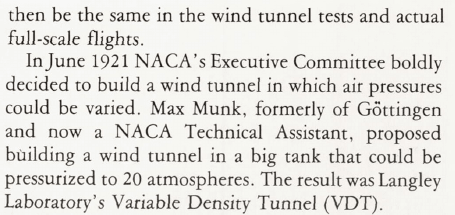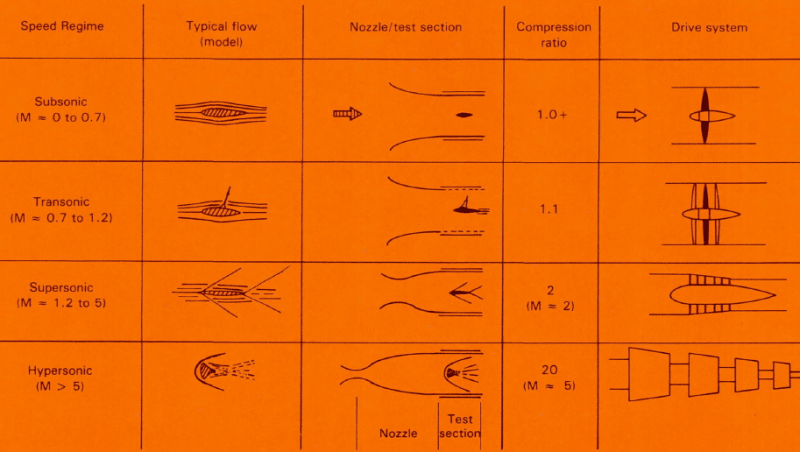Test results do scale but results require corrections for temperature and density and, of course, scale. One of the major reasons is to validate the design methods.
Ever been to the David Taylor model testing basin? They test tiny ships and racing yachts, among others, there. It's at the Carderock Division of the Naval Surface Warfare Center. I visited there when I was a little kid and later in high school.
Scaled Composites, founded by Burt Rutan, is in business on just that premise.
The Overture claim is that they are building an aircraft that produces a smeared sonic signature, more of a sustained thud than the sharp crack of the typical sonic boom. This is novel in aviation and is to overcome the previous primary reason for resistance to supersonic flight over inhabited areas.
OTOH, it fails to overcome several economic problems with supersonic flight and for that reason it is very likely to fail in the commercial passenger market. Over the last several decades passenger jets have been going slightly more slowly; this is to maximize efficient operation of the ever larger turbofan engines. When the whole market is saying that a few percent slower is worth a cheaper ticket/ticket prices rising more slowly, then having a faster plane with a much larger ticket price seems like the wrong direction.
Maybe they have a bunch of billionaires lined up, the way they line up for super yachts.
The killer is they need a supersonic capable engine and that is going to be expensive. They appear to be developing their own; little different than the approach of SpaceX.
However, looking at the rest of what they have done - it's impressive, not the vapor that other aviation startups exist on. They have apparently built an actual demonstrator, have working designs for critical systems. I would expect the endgame is to either have the plane they want or to have significant design work that Airbus or Boeing would want to buy the company to get. Example:
Force-feedback sidesticks. For the first time on an airliner, force-feedback sidesticks allow pilots to control the plane while physically feeling both aircraft response and inputs made by the co-pilot or autopilot.
The lack of force feedback between the pilots was partially blamed for the crash of AF447 where the two pilots were giving vastly different inputs into the controls.
One thing supersonic operation leans towards is a narrow fuselage. I've been in a Concorde; the interior was rather cramped with little room for carry-on bags. I think the Concorde was larger and still only managed 2 - 2 seat arrangement.



